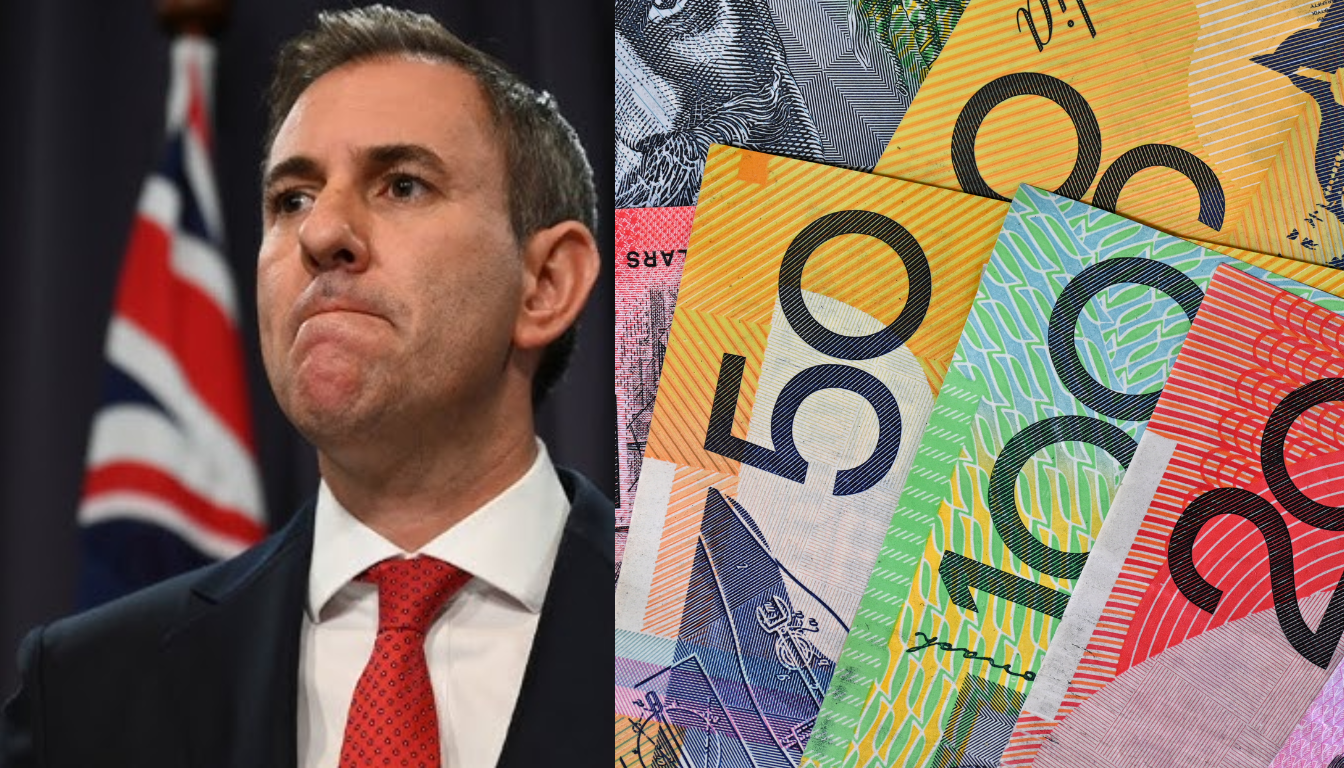The Australian Government acknowledges the ongoing financial challenges faced by households across the nation. In a recent media appearance, Treasurer Jim Chalmers addressed the current economic situation and potential policy considerations.
The Treasury has noted encouraging signs in the latest economic indicators, particularly the reduction in underlying inflation. While monetary policy decisions remain under the purview of the Reserve Bank of Australia, the Government maintains a cautiously optimistic outlook regarding potential interest rate adjustments in the coming months.
Regarding additional cost of living support measures, the Government is conducting careful deliberations within the framework of responsible fiscal management. While maintaining strict budgetary discipline remains paramount, the Treasury is evaluating targeted assistance options that could provide additional support to Australian households.
The Treasurer emphasized that any future economic measures would be implemented with prudent consideration of long-term fiscal sustainability. While specific initiatives, such as extensions to existing energy subsidies, remain under review, the Government remains committed to balanced economic management that supports both household welfare and national economic stability.
The Treasury will continue to monitor economic conditions and assess appropriate policy responses within the established fiscal framework.

Recent inflation data indicates favorable conditions for potential Reserve Bank of Australia (RBA) rate adjustments in the first half of 2025. However, multiple economic experts suggest varying timelines for implementation.
Bendigo Bank Chief Economist David Robertson projects three rate reductions in 2025, with an initial adjustment anticipated in May. The forecast includes a 35-basis-point reduction to achieve a 4 percent target rate, contingent upon sufficient economic indicators.
Commonwealth Bank of Australia’s economic analysis presents a more accelerated timeline, suggesting the possibility of rate adjustments commencing in February 2025. Their assessment indicates positive trends in underlying inflation metrics, despite headline rate fluctuations.
The timing of potential rate adjustments coincides with significant political considerations, as two RBA meetings are scheduled for February 18 and March 31, preceding potential election dates. A subsequent meeting is scheduled for May 19, 2025.
Current economic indicators show consumer price inflation at 2.5 percent annually (seasonally adjusted), with trimmed mean inflation at 3.2 percent. According to APAC economist Callum Pickering of Indeed, rate adjustments are unlikely before May 2025, suggesting a conservative approach to monetary policy changes.
The Reserve Bank continues to prioritize inflation management in its decision-making process, with ongoing assessment of economic indicators to determine appropriate timing for potential rate adjustments.
This analysis reflects current market conditions and expert opinions, subject to revision based on emerging economic data and global market developments.
You may also like
Economic Analysis Suggests Potential for February Rate Adjustment

ANZ Bank’s Chief Economist, Catherine Birch, has presented an encouraging assessment of monetary policy prospects, citing the November Consumer Price Index (CPI) indicator as evidence of potential downward pressure on fourth-quarter trimmed mean CPI forecasts, both for private sector analysts and the Reserve Bank of Australia (RBA).
Ms. Birch indicated that these developments have increased the likelihood of a monetary policy adjustment in February 2024.
The Australian Council of Trade Unions (ACTU) has also contributed to the discourse, suggesting that current economic indicators provide substantial justification for the Reserve Bank to consider implementing monetary policy easing measures at its initial policy meeting of 2024. The organization emphasizes that recent economic data presents a clear foundation for such policy considerations.
This analysis comes amid broader discussions regarding the trajectory of Australia’s monetary policy and its implications for economic management in the coming year.
